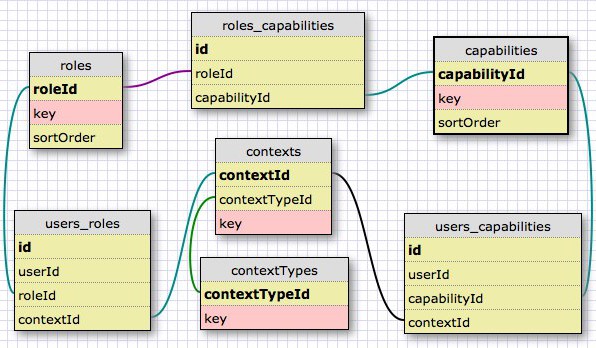EA’s Scott Blackwood talks about prototyping the flick-it controls for EA skate.
But we really liked it on paper. We worked with our lead programmer at the time, and really, in about two or three days, he built a prototype, and it was great. We actually were up and playing the game — no rendering, no game, and no animations. But what we did was that we were reading the stick, and we could start to dial in different gestures and motions.
We could put in any different gesture and say, “We’re going to call that a kickflip. That’s going to be starting in the middle, going down to six o’clock, and then up to one of the sides.” And it would spit that out and say, “You did a kickflip.” It would measure it based on how accurate you were, and we would rate that from one to five.
So one was like, “Okay, you weren’t really accurate, but you sort of did the kickflip.” Five was, “You did it perfect.” The other one would give you a rating based on the speed with which you did it. So one was like, “You were kind of slow,” and five was, “You were fast.” So if you could be five and five, you did it fast, and you did it perfectly accurate.
It was funny, it was just a little text-based game with flick-it controls, that turned into us grabbing the controller from each other going, “Oh, I can do better than that.” And we dialed in… how we imagined flips, ollies, and inward heels and all that. We were playing the game a year before we ever had to care about graphics. And we learned a lot, too. With prototyping, it’s amazing the things you learn.
And the physics engine:
Actually, at that time, RenderWare had a really cool physics package that one guy developed, and they were called Drives. Essentially what Drives were, was a hinge. It’s a neat way to make an intensive thing like a saloon door.
Our guys took these Drives and turned them into all the joints in your body. So now with Drives, we can create a full, physically accurate replica of the human body and all the joints, and you can even… say, take your right knee, and we can weaken it by 50 percent, and your guy would walk differently, based on that. So we use Drives as the foundation for everything that we do in physics, even your skateboard. Your trucks are Drives, and your wheels and hinges. Everything’s Drives.
In fact, the way you’re popping your board off the ground, it’s not animation-driven. It’s actually real forces on that board popping off the ground. We’d never have been able to get the same feel without our team [taking the] foundation of Drives and [building] a lot on top of it. We did mocap, and we have all that animation in the game, but animation is a target.
 This is loosely based on
This is loosely based on